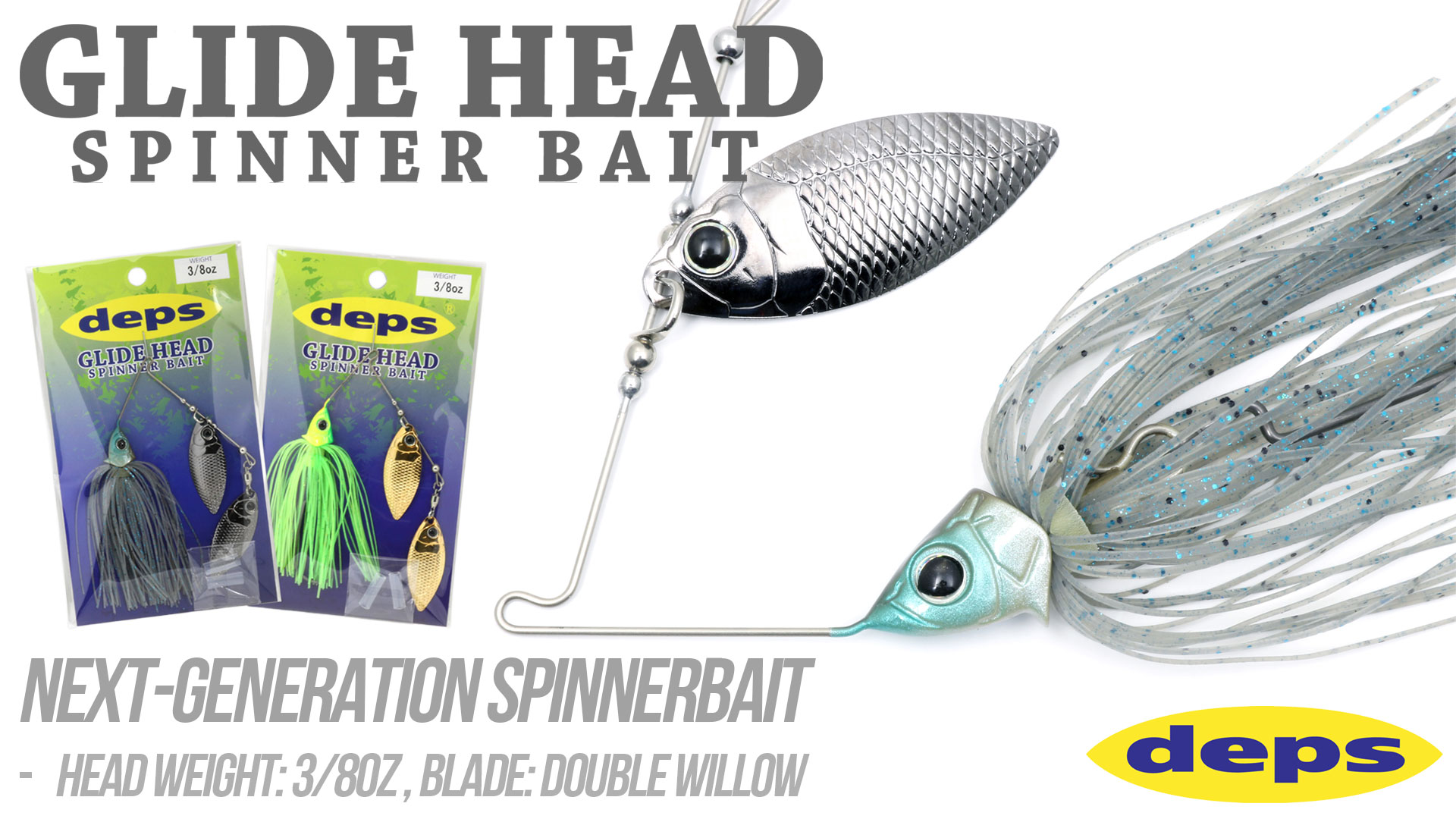
There’s no better way to consistently catch monster bags on tournament day than by extracting fish from the thickest cover on a lake, and there maybe no one better at it on either tour than Florida pro Randall Tharp.
With a flipping stick in his hand flinging a big Reins tungsten weight, he’s whacked big limits in Florida and Alabama, west to California, north to Champlain and just about everywhere in between.
His Phoenix boat has a full compartment of Reins weights ready to go, but any time he has a heavy flipping weight or heavy Punch Shot he feels especially likely to win. Over hundreds of thousands of pitches and flips, he’s developed a system to tell him whether to punch with a ¾ ounce weight, the 2 ½ ounce monster, or something in between.
“It’s about being efficient,” he said. “Of course you want to use the most compact weight possible, but if two out of four flips don’t go through, you need to change. I want nine out of ten to go through.”
In the heavy grass of Okeechobee, 1 ½ ounces is often his starting point, but on northern lakes he’s more likely to begin with a ¾ ounce version.
“The rate of fall is everything,” he explained. “And while there are a few rare occasions where I’ll go heavier around sparser cover to generate a reaction bite, usually I’ll match the amount of weight to the thickness of the cover.”
In recent years he’s experimented extensively with the Punch Shot to adjust his rate of fall, not only mixing up the soft plastic he puts on the rig, but also the thickness of his skirt. Adding or removing some strands can radically alter not just the rate of fall, but also its profile.
“Big fish like a bait that displaces a lot of water,” he added. “Around more sparse cover, not solid mats, the heavy Punch Shot is what I’ll use. In that situation it has almost replaced a big jig for me.

Again, whether he’s using a standalone Reins tungsten sinker or the Punch Shot, he’ll use the lightest weight that still provides maximum efficiency. That characterization encompasses not just the number of times his lure penetrates the canopy, but also what percentage of times it result’s in a bite and a landed fish.

“I can tell you that when you go up to a 2 or 2 ½ ounce weight, your numbers (of landed fish versus strikes) will go down,” he explained. “Still when you have big winds and thick cover, sometimes you have no choice. I like to present my lures on what I call a controlled slack line.”
“When I won at Okeechobee [on the FLW Tour in 2012], we had sustained winds of 30 to 40 miles per hour the final two days. I had to use a 2 ounce just to get it through half the time.”

He uses solid black Reins Tungsten weights the vast majority of the time, but on gin clear northern or western waters like Cayuga and Havasu, respectively, he prefers green pumpkin.

With the biggest weights, particularly on southeastern and Texas lakes with Florida strain bass, he uses a 7’11 extra-heavy Halo Twilite flipping stick, but up north, where the biggest bass are likely to be in the 5 to 6 pound class, he’ll use a 7’11” heavy action stick. He pairs both of them with Lew’s Team Pro Magnesium Speed Spool baitcasting reels. They’re super-light at just 5.3 ounces, but they’re ultra-durable and have stout drag systems to winch in big bass out of seemingly impenetrable cover. He spools the reels with 60 pound test Gamma Torque Hollow Core braid.
“It’s a 16 strand braid and it’s very smooth and very abrasion resistant,” he said. “That’s especially important when you’re flipping over something dead or sharp like flat reeds. It simply makes less noise coming through the guides and over cover, and while it might have a bigger diameter than other braids, it doesn’t fray and it’s extremely strong.”
Finding the correct weight system for your pitching needs is key for dialing in on a body of water. Next time you find yourself dissecting heavy cover, give Randal Tharp’s tips a try.






